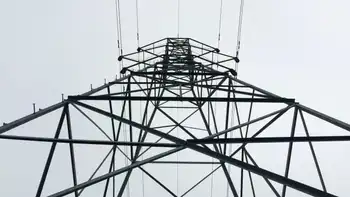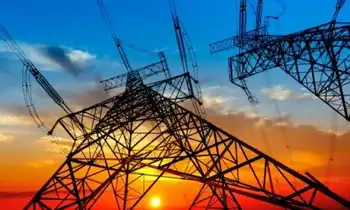Megaprojects of profit, megawatts of bitterness
By Globe and Mail
Substation Relay Protection Training
Our customized live online or in‑person group training can be delivered to your staff at your location.

- Live Online
- 12 hours Instructor-led
- Group Training Available
To them, the contract is a founding act of their pre-oil economic misfortune.
Newfoundland's current opposition to a shovel-ready hydro development in Quebec, suggesting it crosses an interprovincial boundary, can only be understood in this context. This is not really about where the border lies. It's about getting even.
Just because a contract is lopsided does not give one party grounds to invalidate it. But it does make it hard to take when the other party responds to your grievances with a dismissive: “Them's the breaks.” How rich has Quebec gotten off Churchill Falls power? A study released by the Montreal Economic Institute estimated that Hydro-Québec generated a net profit of $2.2-billion in 2007 on the power it bought for $85-million from the Churchill Falls Labrador Corp., which is one-third-owned by the Quebec utility and two-thirds-owned by Newfoundland.
Bitterness over this contract, which does not expire until 2041, explains why Newfoundlanders have never been able to stomach the idea of teaming up with Hydro-Québec again, this time to develop the remaining 2,800 MW of hydro potential on the lower Churchill River.
Twice since 1998, their leaders came close. But Danny Williams knew Newfoundlanders weren't really ready to forgive and forget. Pouring salt on the open Churchill Falls wound helped him win the 2003 election.
Since then, Mr. Williams' plan to develop the lower Churchill on his own has moved at a snail's pace. The development itself (not including transmission lines) could cost $10-billion – too big and too risky for Newfoundland alone. Mr. Williams needs federal loan guarantees. But he's not exactly persona grata in Ottawa these days.
Then there is the problem of getting the power to market. Mr. Williams has mused about building underwater transmission cables between Labrador, Newfoundland and Nova Scotia. If he hasn't provided cost estimates for this Guinness-worthy engineering feat, it's because they would just further expose the scheme's unworkable economics.
While Mr. Williams sticks to his anybody-but-Quebec stance, Premier Jean Charest says he's still open to collaboration. But he's a realist. Quebec has moved forward with its plans to launch 4,500 MW of new hydro projects by 2015. Mr. Charest is so intent on expediting the whole works – call it legacy building – that his government recently ordered Hydro-Québec to speed up implementation of its five-year plan.
The centrepiece of this plan is the 1,550-MW Romaine complex, consisting of four hydro dams on the Romaine River that runs for 500 kilometres from near the Labrador border (as Quebec defines it) and empties into the St. Lawrence River estuary. Hydro-Québec estimates the project's cost at $6.5-billion, which means it will come in at much more than that. Another $1.5-billion more would be needed to build transmission lines.
Hydro-Québec is ready to break ground as soon as Ottawa and Quebec give the final nod. The utility has even signed a proposal, though not a final deal, with two New England utilities to build a new transmission line through New Hampshire to ship the additional power to the U.S. market.
This is terrible news for Mr. Williams. As Quebec moves to lock up long-term sales contracts with U.S. customers (and possibly Ontario) for the 4,500 MW of generation capacity it plans to add by 2020 or so, it makes the lower Churchill an even tougher sell for Newfoundland.
It's hard for Newfoundland to oppose the Romaine project on environmental grounds – though it has half-heartedly done so – since the lower Churchill development would have a similar ecological footprint. Hence, Newfoundland's argument that the Romaine riverhead lies in Labrador, and not in Quebec. Quebec disagrees. It's likely moot anyway. Hydro-Québec insists the proposed dams are so deep in Quebec territory as to have no impact as far up river as the border, whichever one you choose.
But if Newfoundland can stall the Romaine project, maybe, just maybe, Mr. Williams' lower Churchill dream stands a fighting chance. A slim one, but one more than none.











